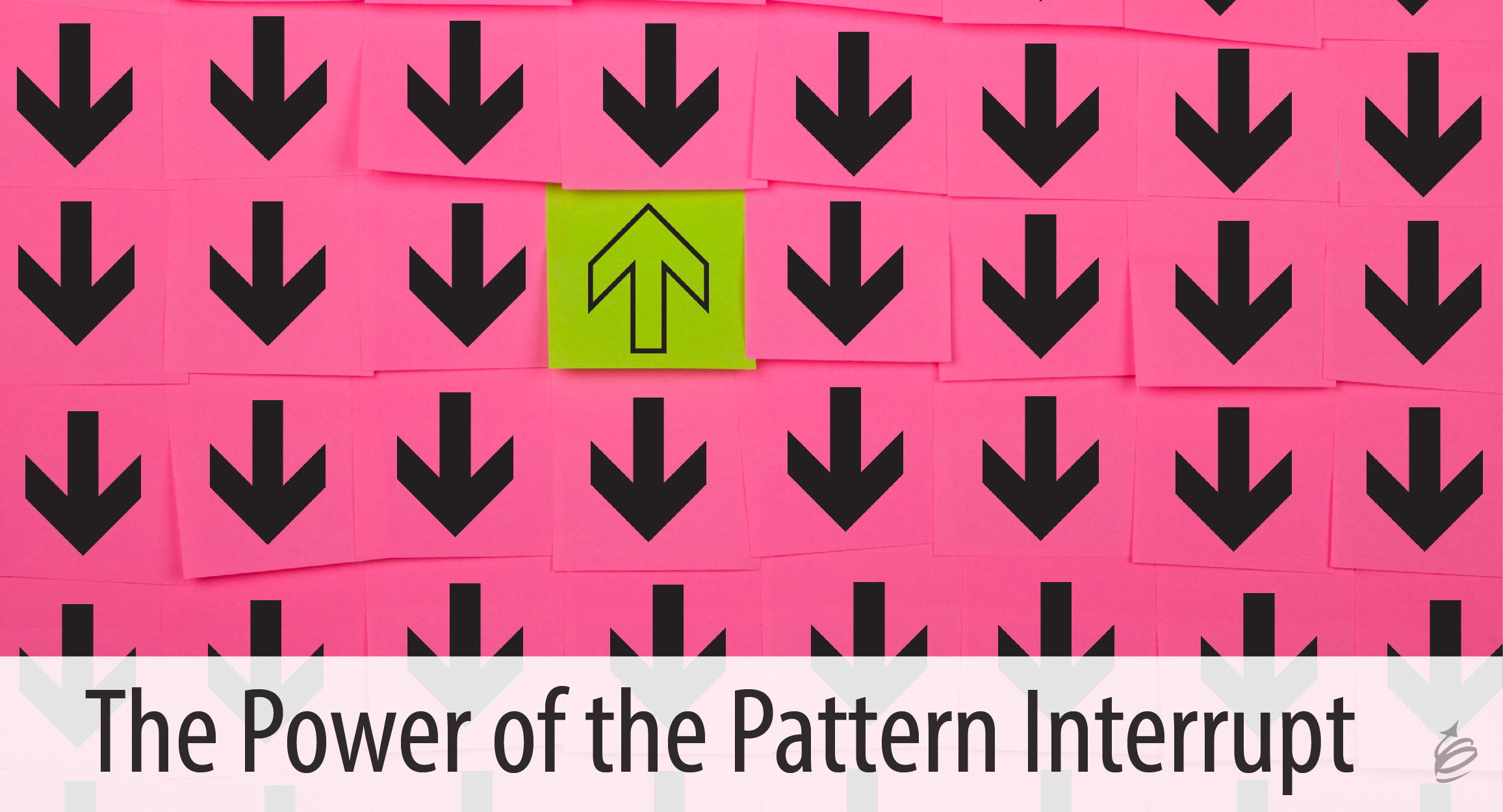
Habits – they affect us as an individual and as a leader. Chances are you have at least one habit you would like to change, and perhaps habits of your team members you would like to help them change too.
I’m sure that is true, but it’s hard to do!
There are hundreds of things we do each day, without even thinking about them; between our subconscious mind and our muscle memory these automated habits rule much of our life. Whether it is which leg you put in your pants first (do you even know?), which side of your mouth you start with when brushing your teeth, the route you drive to work, where you sit to watch TV, or how you respond when someone compliments you; it is mostly automated habit.
The automation of these habits is economical for us; if things happen automatically, they happen without thinking, which frees our minds to think about other things, make other decisions and much more.
So far, so good.
Except when we might want to think about or reconsider that habit, and consciously decide if that is what we want to do.
Then, maybe not so good.
But since it is happening currently without us thinking, need a way to get move it from our subconscious and back into our conscious mind.
Enter the pattern interrupt.
This phrase, popularized by neurolinguistics programming (NLP) practitioners, describes a way to jolt an upcoming action from the automated patterns of our subconscious to allow us to think, and decide what to do next. This can be a powerful part of habit change, because it starts when the habit is working on its own.
While the phrase pattern interrupt is uses to describe anything that gets people’s attention, today we are discussing it specifically as a way to help us be more aware, and therefore increase the chance that we can break the pattern and change a behavior.
Some Examples
The Rubber Band. Perhaps the simplest example is snapping a rubber band on the wrist. This is sometimes described as something to do immediately after an event (e.g. after you notice a negative thought, after you swear). I’m suggesting you snap the rubber band in front of the action. If you notice you are about eat the chocolate, snap your wrist instead. It is an action to replace, but also remind you of a conscious decision.
Stop! You don’t have to have a rubber band. You can simply say “STOP!” loudly and firmly to yourself. This is a classic pattern interrupt, and can be very helpful.
Pick a Prompt. You can create whatever you want; whatever makes sense to you and will help you be more aware in the moment. My advice is to have some fun with it and keep it simple.
How to Use as a Leader
While the examples above are for ourselves, we can use this idea to help others too. Here are three ideas.
Three Coins. If you want to practice a new behavior with your team (e.g. giving more positive feedback, smiling, asking more questions), place three coins in your pocket at the start of the day. When you exhibit your desired behavior, move one coin to a different pocket, and make it your goal to move all three during the day. You will consciously notice the coins, which is a reminder and a pattern interrupt to practice the behavior that isn’t yet a habit.
The Rabbit. Have you ever been in meetings that get sidetracked by tangents? If this is a habit you want your team to change, buy a small stuffed rabbit (it could really be anything), and explain that whenever someone notices the conversation going down a “rabbit trail,” that they ask for the rabbit to wave to the group. The minute someone asks for the rabbit, the whole group gets a chance to stop and change direction.
Let the Them Choose. Teach the members of your team, or your whole team about the pattern interrupt (or have them read this article). Then let them use their creativity to identify what habits they might want to change, and what pattern interrupt they might create to help them do it.
The pattern interrupt is a simple tool that can create powerful results. Where will you start?

0 comments